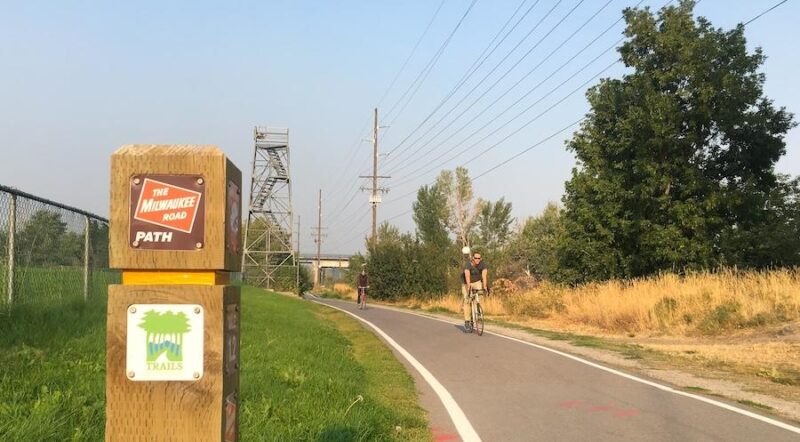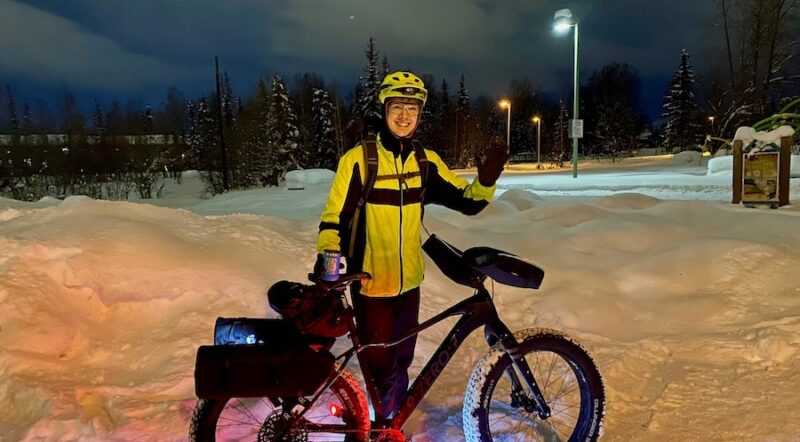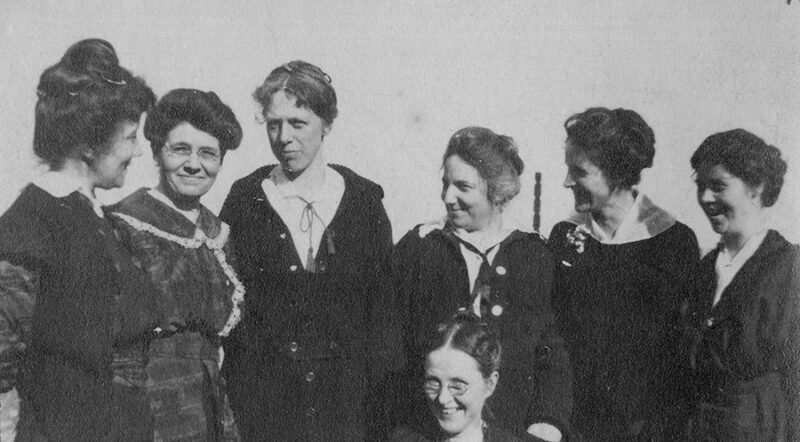Central Author of Historic Trail Legislation Named 2018 Doppelt Family Rail-Trail Champion
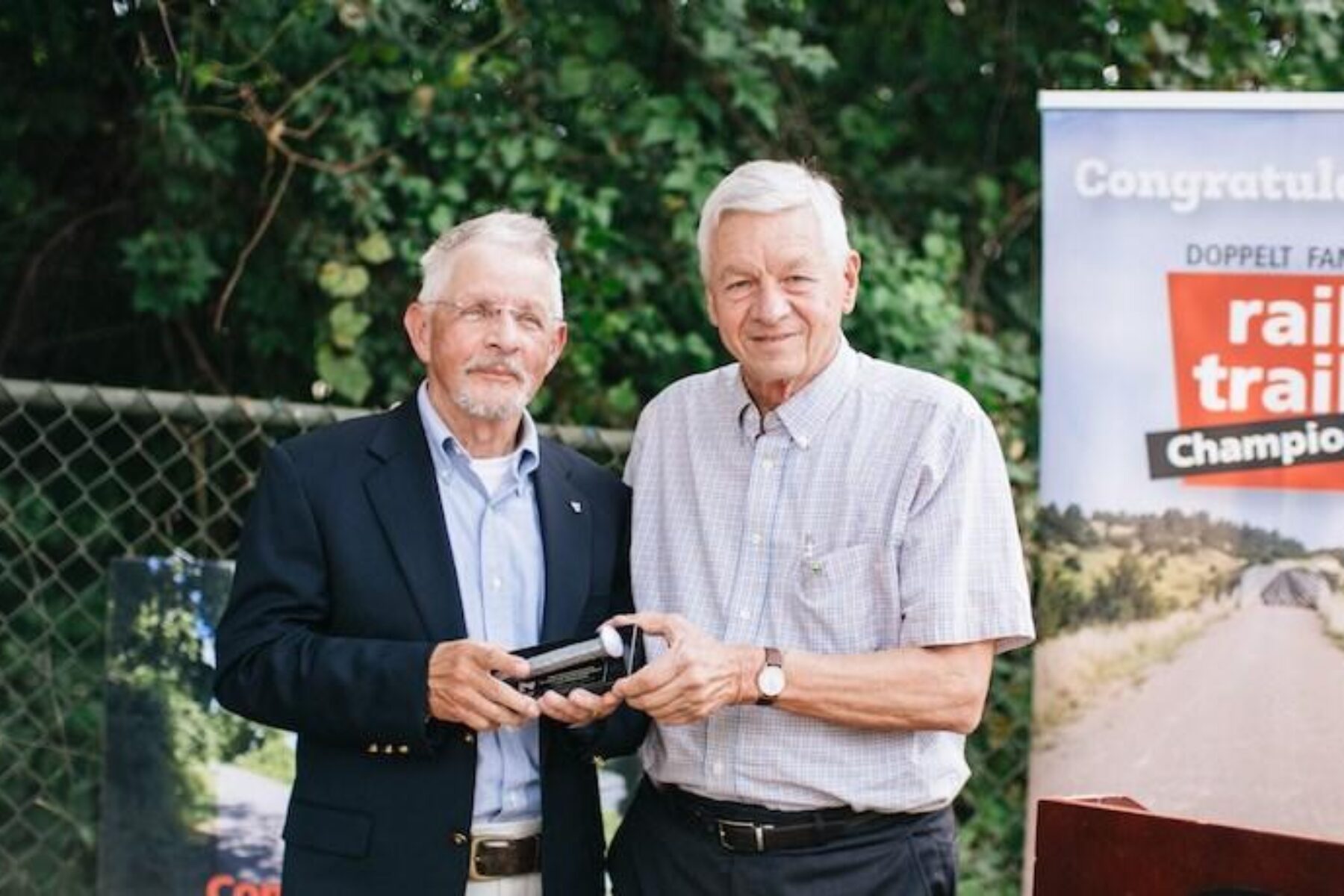
One of the most important moments in the history of the rail-trail movement happened behind the scenes, with little fanfare or notice, when National Park Service (NPS) staffer Peter Raynor drafted an invaluable piece of legislation in just a few words.
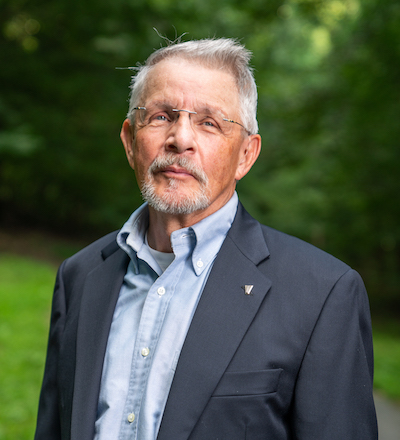
His work was inspired by the way the Maryland legislature protected sail-powered oyster dredging (and preempted steam-powered dredges) in the Chesapeake Bay in 1865 with a simple law stating that “oysters must be dredged under sail.” The case of the “skipjacks” highlighted for Raynor “the possibility of legislating small changes in an overall situation that could create major results.”
“Good little laws,” he calls it.
His take on a “good little law,” the 1983 Railbanking Act, helped make thousands of miles of trails a reality. Yet, the law was short—just two sentences—and simple in its intent, but with a powerful punch: to enable disused rail corridors to be “banked” for future use through interim use as trails.
It was exactly this type of powerful simplicity that Raynor was shooting for.
Did you know?
To date, more than 175 rail-trails have been made possible through the Railbanking Act.
A Simple Path to the Capitol
After graduating from Cornell University law school, Raynor worked for two years at a New York law firm before moving with his wife, Sara, to Washington, D.C. in 1971 and taking a job with the U.S. Department of the Interior. It was there, through NPS, that he began to work with Rep. Phil Burton of California, then-chairman of the House Subcommittee on National Parks—“He was a brilliant man, and we clicked immediately,” stated Raynor—on legal strategies to protect Redwood National Park from timbering activities on private lands, and to draft legislation for the park’s expansion, which passed in 1978.
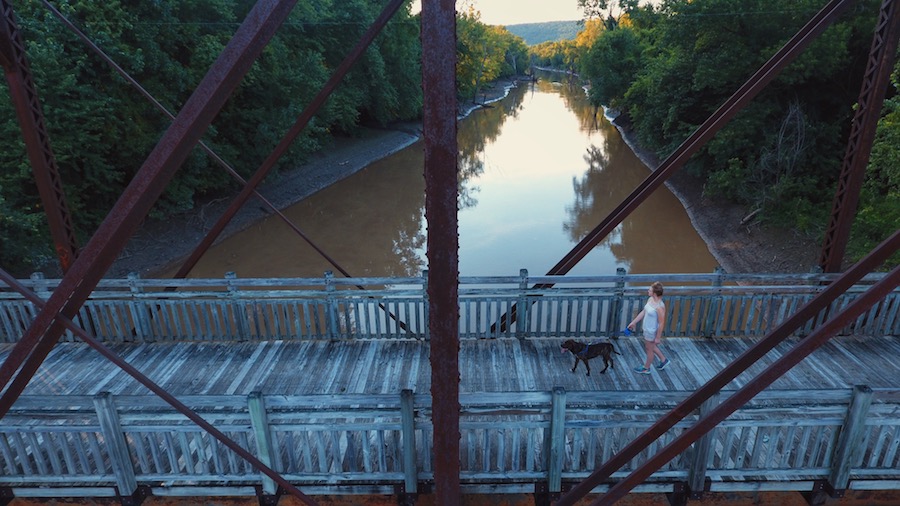
With that success, Raynor joined efforts, officially led by Burton, to update the National Trails System Act (NTSA) of 1968 to better support the creation of National Scenic Trails. It was during this period that Raynor noticed a piece of proposed language—one sentence—that expressed Congress’ support for creating trails from old transportation corridors such as rail lines, which were being abandoned in increasingly large numbers.
Raynor also learned—through friend and mentor Chuck Rinaldi, who was in charge of land acquisition for the Appalachian Trail—about the real challenges that railroad easements (in which a right-of-way reverts back to the landowner upon disuse) posed for rail-trail conversion.
“How about a ‘bank’ for railroad corridors?” Raynor hypothesized. That way, the corridors could be saved for future use, via interim use as trails.
Writing That Good Little Law
With skipjacks as his inspiration, he set about drafting a short proposed NTSA update with two purposes: 1) to avoid reversion by “banking” disused rail lines for future railroad use, and 2) to remove land-ownership liability from the railroads.
Railbanking was born.
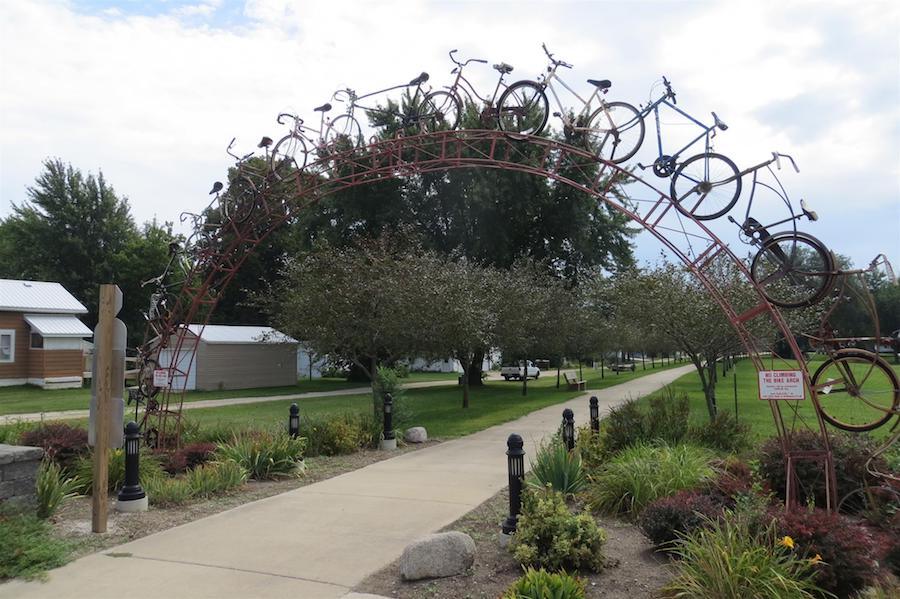
In 1981, the statute was added to the NTSA bill, which was widely supported in Congress because of what it could mean for trails in the long term.
The bill was passed in the 98th Congress and signed into law by President Reagan on March 28, 1983. The impact was immediate, including two early milestones: the filing of the first railbanking application in 1985 for the 33-mile Sauk Rail Trail in Iowa, and Gov. John Ashcroft’s 1986 railbank filing for Katy Trail State Park, which now spans 240 miles across Missouri. Over the next three decades, an estimated 175 rail-trails would be made possible by railbanking.
Timeline
1981 – Railbanking statute added to National Trails System Act
1983 – President Reagan signs bill into law
1985 – First railbanking application from Sauk Rail Trail
1986 – Railbanking application from Katy Trail State Park
In 2018, Rails-to-Trails Conservancy (RTC) honored Raynor with a Doppelt Family Rail-Trail Champions Award for his role in helping to build the rail-trail movement. But it is RTC, established in 1986, as well as trail advocates across the country, that the 76-year-old retired Raynor credits for making railbanking a success.
“Many people helped implement it. I just wrote it,” said Raynor. “This is a wonderful honor, not just for me, but for the entire environmental movement.”
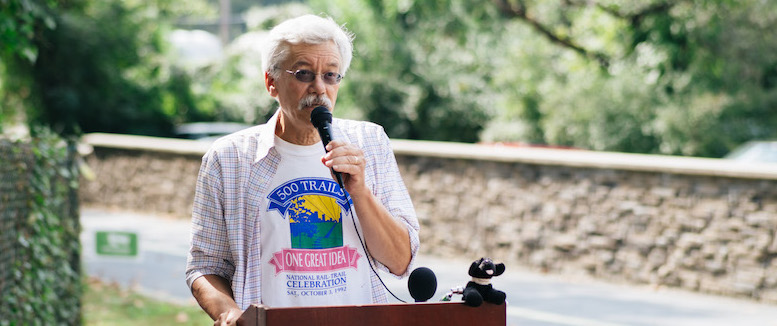
Special thanks to Peter Harnik, a 2011 Doppelt Family Rail-Trail Champion, whose forthcoming book (in development) on the history of the rail-trail movement served as a source for the railbanking chronology included in this article.
Since 2011, the Doppelt Family Rail-Trail Champions Award has honored more than 30 individuals around the nation who have made significant contributions to the rail-trail movement through their hard work, volunteerism or support—in short, people who have gone above and beyond in the name of trails.

Donate
Everyone deserves access to safe ways to walk, bike, and be active outdoors.

